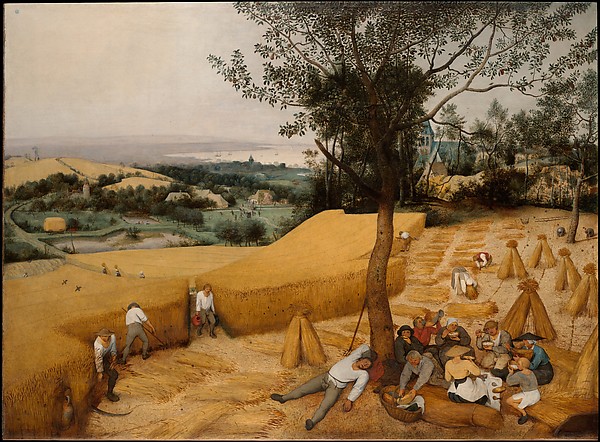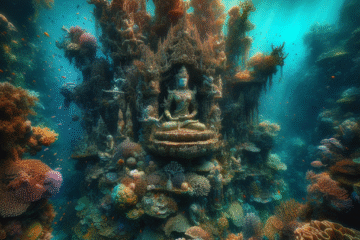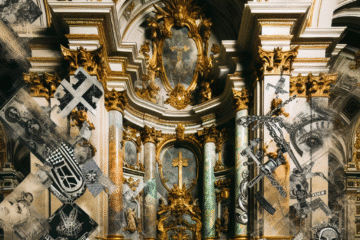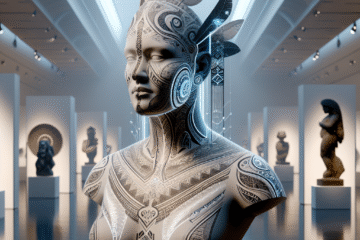
“
Life a culmination of the past, an awareness of the present, an indication of the future beyond knowledge, the quality that gives a touch of divinity to matter.
”
— Charles Lindbergh
Brushstrokes on Mars: The Future of Painting Beyond Earth’s Atmosphere
Introduction: Painting in the Final Frontier
What would it mean to paint without gravity? As human exploration ventures beyond Earth’s atmosphere, the cultural and aesthetic dimensions of this leap are increasingly relevant. While scientists focus on propulsion systems and bio-sustainability, artists are beginning to imagine what creativity will look like on lunar bases or Martian colonies. Will the solitude of space influence subject matter? How will materials behave in zero or low gravity? And can traditional notions of beauty and technique survive the void? This speculative journey peers into the future, tracing the evolution of painting and projecting its trajectory into outer space.
1. From Cave Walls to Canvas: The Origins of Human Mark-Making
Before envisioning painting in space, it’s useful to revisit painting’s terrestrial origins. From the Lascaux cave murals to Byzantine icons, painting was born out of a deep need to represent, ritualize, and remember. Tools were simple: mineral pigments, shaped sticks, animal hair. The medium demanded physical proximity to the surface—earthbound and tactile. These early gestures, bound by gravity, forged the foundational aesthetic principles we still use: contrast, line, composition.
Notably, every historical advancement in painting—from fresco to oil on canvas—reflected innovations in both technique and environment. Just as the Renaissance artists adapted their materials and perspectives to a new understanding of space and light, so too will tomorrow’s space artists adapt to unfamiliar physics.
2. Modernity and Abstraction: When Gesture Became the Message
The modern era, especially the 20th century, saw the brushstroke itself become an expressive force. The rise of abstract expressionism with artists like Jackson Pollock and Willem de Kooning placed physical movement—the slashing, dripping, and scrawling of paint—at the heart of visual meaning. Here, gesture was everything.
Imagine the implications of this in zero gravity. Pollock used gravity as a co-author: paint fell, splashed, pooled. On Mars or aboard a space station, would the second law of motion redefine artistry? With no up or down, no weight to the medium, brushstrokes might float and drift before settling. Artists may develop techniques using air bursts or magnetic fields to shape pigment. The absence of gravity transforms not only how we apply paint, but how we perceive movement and emotion in the final work.
3. Technology and the New Mediums of Space
While traditional painting will evolve in orbit, entirely new materials may also emerge. Digital art, light-based painting, and even sculptural painting using 3D printing could redefine the medium in extraterrestrial environments. Currently, aerospace engineers are experimenting with printable habitats and martian regolith-based materials—why not pigment from alien soils?
Microgravity also invites new delivery systems for pigment. Pressurized paint packets, floating droplets manipulated by sonic waves, or even neural-controlled robotic brushes could execute painterly commands. Alien settings might even inspire a synesthetic paint that responds to radiation, vibration, or temperature—variable color in response to cosmic stimuli.
4. Culture and Symbolism Beyond Earth
Art is not just about materials—it’s also about meaning. If painting on Earth often reflects terrestrial concerns—landscapes, history, identity—what narratives will dominate space painting? Perhaps early space art will dwell on nostalgia: Earth viewed from afar, memories of sky and oceans. Over time, new myths, cosmologies, and spatial dialogues could emerge. Mars as muse may call forth red-saturated dreamscapes, or abstracted visions of interplanetary life.
Moreover, collaborative painting across time zones and orbits could lead to polymorphic artworks, constantly evolving on international space stations or Martian colonies. Space may also democratize art-making—liberating it from galleries and gravity-bound markets. In these weightless studios, painting becomes a deeply philosophical act—proof of human presence and consciousness projected outward.
5. The Philosophical Weight of Weightlessness
In some ways, painting in space challenges our fundamental aesthetic assumptions. On Earth, gravity is the silent architect of composition and perspective. It helps ground both artist and viewer. In zero gravity, where the canvas might twist mid-stroke or the paint hover unpredictably, new forms of visual logic will arise. Paintings might float, rotate, or even be designed as time-based events that unfold in microgravity over hours or days.
This radical rethinking also touches on existential questions. What is art stripped of place, history, and even mass? Could a floating collection of colored particles, briefly assembled before disbanding into breathless silence, be a painting? Art in space might become more process than product—ephemeral gestures that bloom and vanish, reminding us not just of beauty, but of impermanence and exploration.
Conclusion: Painting the Cosmos
As humanity expands its physical horizons, so too must it expand its creative ones. The future of painting beyond Earth is not merely science fiction; it’s an extension of painting’s ancient legacy—expressive, adaptive, and profoundly human. Whether with Martian pigments or levitating canvases, the act of painting will continue to probe our place in the cosmos—offering color, emotion, and nuance amid the cold mechanics of spaceflight.
The next great studio may not be in SoHo or Berlin, but aboard a satellite, turning slowly beneath the moons of Jupiter. Art, after all, has always followed the path of discovery.

Image description:
“Zero Gravity – “Nothing holds us down”. This is the story of Ankita Joshi’s life where the binds that tied her down, loosened and made way to a dimension beyond her imagination, one that lead to the place where gravity does not exist. Though Zero Gravity does not mean an absence of gravity but is the result of overcoming it due to certain forces of the earth’s orbit.
License:
CC BY-SA 3.0
Source:
Wikimedia Commons
Useful links:


